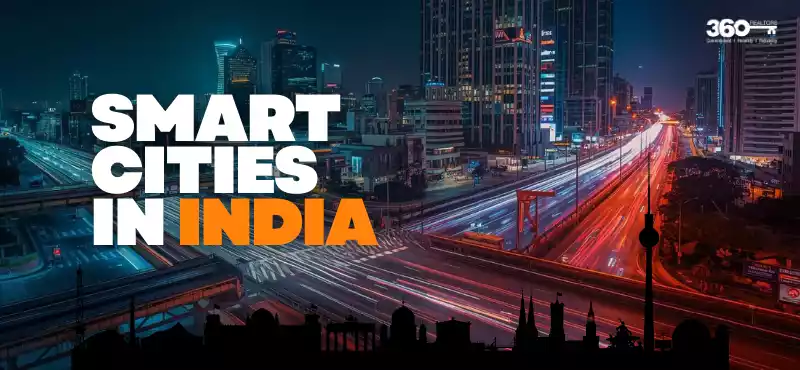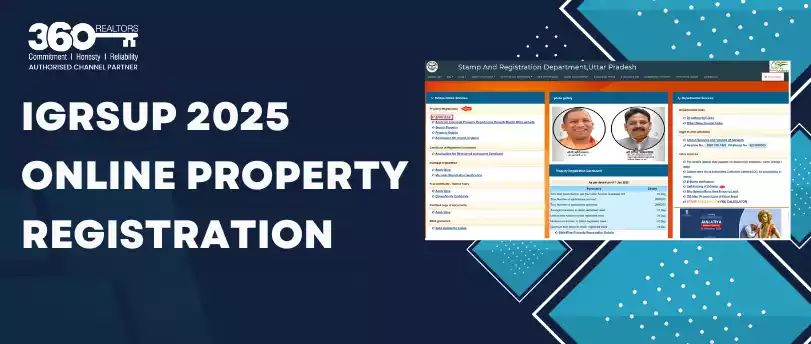Personal rapid transit (PRT) network or commonly known as pod facility is a public means of transport which features small automatic vehicles known as podcars or pods that operate via a network of specially designed ropeways. It is a form of automated guideway transit (AGT), a system that includes larger vehicles and takes them to small subway systems. Metrino pods are small and automated, driverless vehicles that are independently suspended 5 to 10 m above street level, under an overhead network of light guideways.
Sized for small group travels or for individuals, a pod car can carry maximum 3-6 passengers per vehicle and moves with an average speed of 60kms / hour which is faster than metros or buses and are monitored by security cameras. The guideways are properly arranged in a network and has stations or stops located on the sides with many diverge points to help passengers get on and get off. The passengers can travel break free from the boarding junction till the selected destination.
The land acquisition process has already begun for this project as the NHAI has sent a requisition to HUDA to take 14.52 acres of enormous land area at 17 spots along the NH-8 between Delhi and Gurgaon. Dhaula Kuan in Delhi shall be connected to Manesar, and the pod line will enter Gurgaon at Sirhaul and exit the city at Rajiv Chowk. Sohna Road will have another pod line to connect Rajiv Chowk to Badshapur Chowk. Huda has been sent a list of locations for acquisition. As announced by the state chief Minister, the land will be given free of cost by the Haryana government to the Highways authority as once this project becomes operational it will prove to be far more reasonable than the metro and will help reduce the traffic burden from the heavily congested roads. As estimated by NHAI, building a Metro costs min Rs 250 crore/ km, a monorail costs Rs 200 crore/ km while the Metrino system can be made by incurring a cost of Rs 70 crore only.
The project does not even require environmental or forest clearance. Regarding the financing part, the entire investment will be done by a private company who under the agreement clause will be able to recover its investment amount in 25 years through tickets.
For a place like Gurgaon, which is buzzing with activity, there is a stronger need for an effective and efficient public transport network. After the recent instructions of the Environment Pollution Control Authority (EPCA) to put a ban on the registration of diesel autos in NCR, some other means of public transport are required since the autos were the oldest and the most commonly used means of transport in the city.
Though the autos are a necessary part of the city’s public transport system due to its extremely low fares, but the absence of rules and regulations have turned this transportation into a nightmare for the travelers. The diesel autos further add to the pollution levels of the city by emitting pollutants and toxic wastes. Even the CNG autos have not installed meters and do not run on fixed tariffs. Reckless driving, air pollution, sudden halts to pick up co passengers, drivers not in proper uniforms or id cards, overcharging the passengers are some of the everyday problems the commuters face while travelling in Gurgaon’s public transport.
Hence the pod taxi or cable car facility from Delhi’s Dhaula Kuan to Gurgaon’s Manesar will truly be of help to residents to end their pollution and traffic woes and to boost the infrastructure. Once the western and eastern bordering e-ways are ready to use, the traffic congestion in Delhi will automatically reduce by 50% and the pollution levels will also subsequently come down and overall the region will have an easy approachability. With the change in technology, these electronically run automated vehicles would not only reduce pollution levels but also curb down the road accidents. Pod cars would come up along the 12.3 kms from the Delhi-Gurgaon border to Sohna Road.
Gurgaon is otherwise a major real estate market in the National Capital Region (NCR) with a hopeful and positive future. It has been a leader for the rapid realty growth in the country mainly due its being a corporate hub as a number of NRIs and expatriates have been visiting the place frequently which has led to Gurgaon’s realty boom. Within NCR, Gurgaon has the maximum volume of new launches and that too in the affordable housing category, all thanks to the government’s affordable housing policy 2013.
The robust economy of the city is expected to generate income for increasing number of people and hence will boost housing demand. The “Make in India” initiative by the government will also make the industrial and manufacturing sector more important will indirectly lead to a rise in housing demand.
For a place like Gurgaon that needs only little motivation to get going the improved transportation system might also blow the winds of change. The proposed pod car facility will help solve the traffic problems of people and ensure smooth and comfortable mobility. This comprehensive urban transport system will have many advantages like its less expensive, is faster than metros or buses, will reduce on the pollution level, reduce on the road accidents, provide break free commuting and the most important will provide hitch less rides in a fast paced city like Gurgaon.
Thus all this will subsequently have positive effects on the burgeoning real estate industry of Gurgaon.






